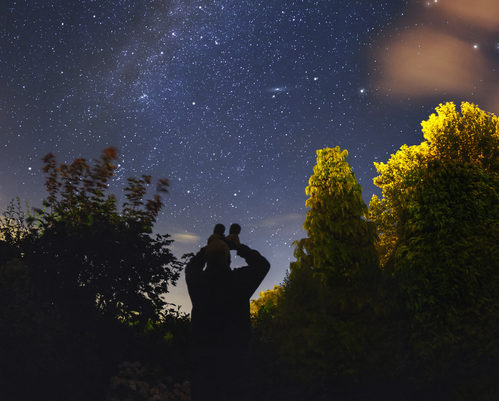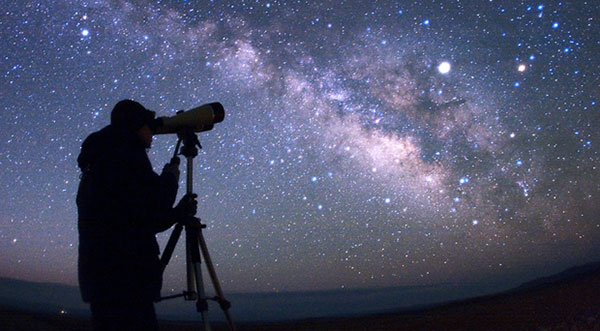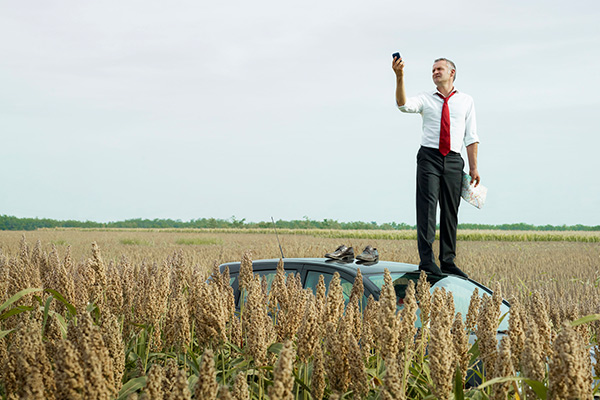There’s no better time than summer to scan the night sky. Many attractions are visible to the naked eye, including Venus and Mars. Pointed in the right direction, an ordinary pair of binoculars can bring Jupiter and Saturn as well as their moons into focus. When you’re armed with a decent telescope, the sky is truly the limit. But you don’t have to invest in expensive equipment up-front to start your stargazing or astrophotography hobby.
Know Where To Look (And When)
There are many apps available on the market (some even connected with planetariums) that can give you tips on what to look for and when. They can help you learn to recognize astronomical objects, constellations, and current planetary and astronomical behavior. Some even send push notifications when phenomena such as meteor showers and other events are happening.
Start Small
A $30 pair of binoculars will do you fine in the beginning, and they’re portable, hassle-free, and require no set-up. For best results, stabilize yourself by sitting in a chair or laying on your back. Locate the object you want to magnify with your naked eyes first, lock your gaze, then bring the binoculars up to your face and adjust the focus as needed.
 Go Dark
Go Dark
For the best views, avoiding light pollution is crucial, which usually means getting away from urban areas. Use a dark-sky finder app to locate the best stargazing areas within driving distance.
Capture The Memories
Astrophotography (photographing of celestial objects and phenomena) is easier than ever with modern DSLR and mirrorless cameras, but it still remains tricky to avoid blur. Use a wide-angle lens (24mm or below), a longer exposure time, and a tripod to stabilize the camera. Since your finger pressing the shutter button can cause the camera to move ever so slightly (and result in blurry images), use a remove shutter trigger or set the timer mode so the camera takes the picture automatically. A good photo editing software can help take your shots to the next level by enhancing details and allowing you to play with the exposure, tone and saturation.
Want to get really out-of-this-world? You can even mount your camera to your telescope with a special adapter to get those up-close-and-personal shots of your favorite star clusters.
No matter where you go to observe the night sky, make sure you have quality car insurance or RV insurance from GEICO. Get a fast, free quote today and see how much you could save.










Daniel Young says,
Ten miles across the Little Bay de Noc from Escanaba, Michigan on the southeast looking shore of Lake Michigan on the Stonington Peninsula, under the pristine dark skies of the Hiawatha Forest in Michigan’s Upper Peninsula.
Gina Skarphol says,
I want to be a part of the travel, train, adventure, trips, sports, and cruises . It’s cool and fun.